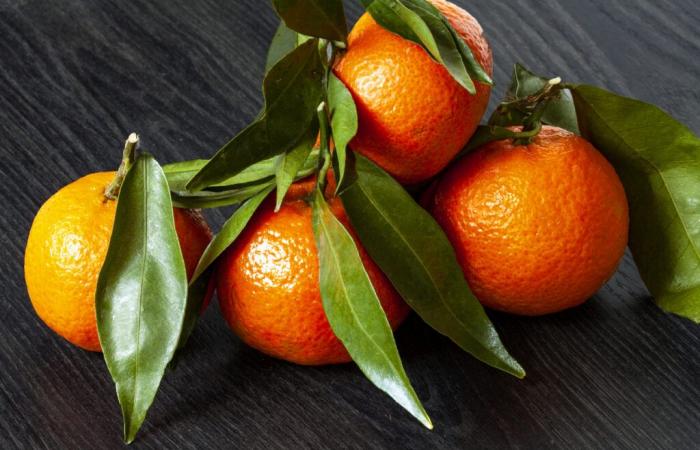The Corsican clementine, renowned for its quality and unique taste, is a true jewel of winter citrus fruits. Unfortunately, this reputation fuels envy and gives rise to increasingly frequent fraud. So, how can you ensure that the clementines purchased are really those that proudly bear the Isle of Beauty label? Here is a guide to thwarting scams.
Why is the Corsican clementine so popular?
With his Protected Geographical Indication (PGI)the Corsican clementine stands out for its demanding cultivation and environmentally friendly practices. Unlike foreign clementines, it is:
- Hand pickedguaranteeing a delicate harvest.
- Free from post-harvest chemical treatmentensuring natural fruit reaches your table.
- Cultivated in a unique terroirgiving it its sweet and slightly tangy taste.
This quality has a price: between 6 and 8 euros per kilo on average, much more expensive than Spanish clementines. This difference attracts certain dishonest traders, who do not hesitate to sell foreign fruits under the name “Corsican clementine”, often at a high price.
A common fraud on the stalls
According to several greengrocers interviewed, it is not uncommon for imported clementines to be presented as Corsican products. This fraud is based on two main techniques:
- Misleading labeling : foreign fruits are sold as “Corsican clementines” to take advantage of their notoriety.
- Visual camouflage : certain Spanish citrus fruits, very similar visually, are mixed with local products to fool the eye of consumers.
These practices, although contrary to regulations, sometimes go unnoticed, particularly in markets or in small businesses, where controls may be rarer.
Clues to recognizing a real Corsican clementine
To avoid falling into the trap, there are several tips:
- Look for the IGP label : an authentic Corsican clementine must bear the Protected Geographical Indication on its packaging or be clearly identified by the trader.
- Observe his “little green ass” : Corsican clementine often has a characteristic green tint on its base, a sign of freshness and quality.
- Examine the leaves : attached to the fruit, they must be very green and not dried out.
- Touch the stalk : this must be solid and well attached. A stem that detaches easily may indicate an imported or aging fruit.
- Ask for provenance : traders are required by law to indicate the origin of the fruit. Don't hesitate to ask, especially if the price seems suspicious to you.
Why is fraud a problem?
Beyond price deception, fraud directly harms Corsican producers, who invest in sustainable and demanding agricultural practices. Each purchase of a “fake” Corsican clementine diverts income from local farmers, weakening a sector already faced with high production costs.
Additionally, consumers are misled about quality. A Spanish or Moroccan clementine, although pleasant, does not benefit from the guarantees associated with the IGP label: absence of post-harvest treatment, traditional cultivation and compliance with environmental standards.
How to avoid it and act against fraud?
To support Corsican producers and avoid scams, favor short circuits and trusted businesses. Labels and certifications remain your best allies to guarantee authenticity.
Finally, if you notice fraud, report it. The departmental population protection directorates (DDPP) can intervene to control commercial practices.
Winter citrus fruits: vigilance and pleasure
With citrus season in full swing, it's essential to be mindful of what you consume. By choosing authentic Corsican clementines, not only do you support quality agriculture, but you also benefit from incomparable flavors. A small gesture that makes all the difference for your palate… and for local producers.






